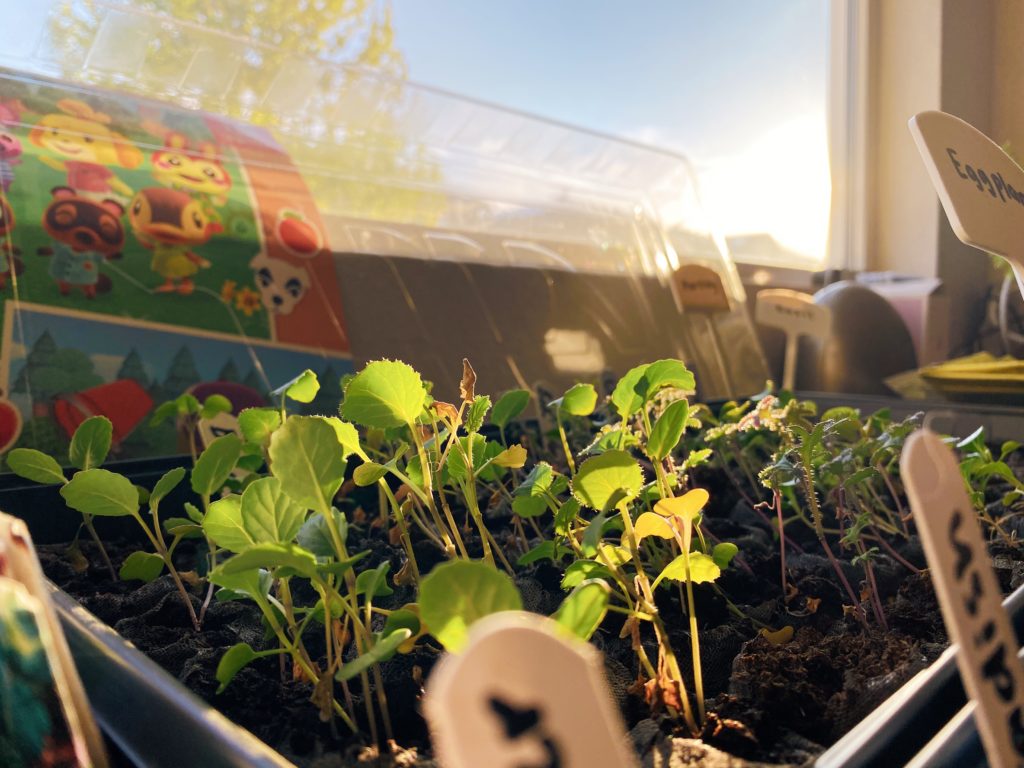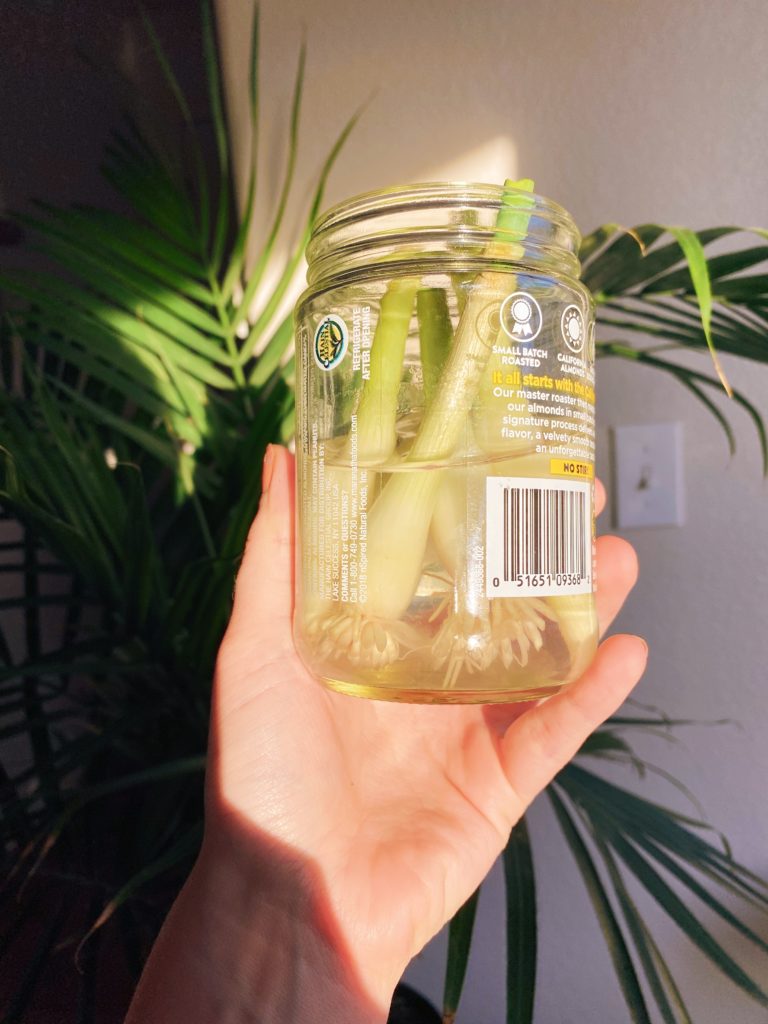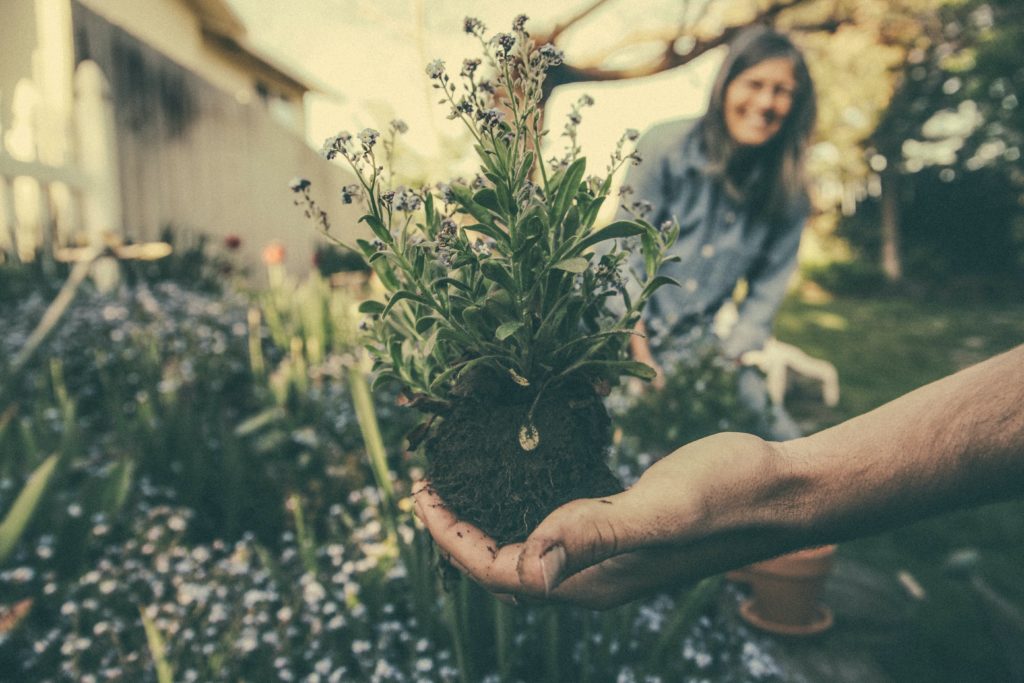We’re bombarded with heavily edited pictures of women and men every day. We see them on TV, on our social media feeds, magazines, billboards, and everywhere in between. These impossible images that constantly follow us around make self-love and body confidence extremely difficult. Since the 1950s, eating disorders have been on the rise, and today approximately 20 million women in the U.S. suffer from one. However, even if an eating disorder isn’t present, most of us have a negative body image. Research suggests that 86% of women have an issue with how they look.
As a woman who struggles with self-image myself, I’ve tried numerous methods to feel better about it. Although I believe that self-affirmations in the mirror work for many, it’s just not something that’s ever worked for me. Honestly, I felt a little silly telling myself, “I’m beautiful” while feeling the exact opposite while staring at the mirror. However, something recently changed for me, and I wasn’t sure why until I came across a new study published in the Ecopsychology journal.
The study led by Professor Viren Swami of Anglia Ruskin University looked into the relationship between gardening and body image. Through a series of questionnaires given to 84 gardeners and 81 non-gardeners, it was found that those who garden have a significantly higher level of body appreciation than their counterparts. It was also found that the more time spent in the garden, the better the body image became. Being outside in nature and creating life in our gardens brings increased pride and appreciation for our bodies. Professor Swami reflects that “Ensuring that opportunities for gardening are available to all people is, therefore, vital and may help to reduce the long-term cost burden on health services. One way to achieve this, beyond policies that ensure access to nature for all citizens, would be through the provision of dedicated and sustained community allotment plots.” At this time, not all of us have access to community gardens, but this doesn’t mean we can’t spend time gardening even if we don’t have a yard.
I’ve been micro gardening ever since college. It first started with just regular houseplants on a windowsill, but then I bought some cheap flower boxes and tried growing my own leafy greens! The first time I tried growing some kale, I was probably a week out from harvesting, but little green caterpillars feasted on my bountiful harvest instead. Regardless, seeing them grow from tiny seedlings to (almost) full-grown plants was an unforgettable experience. Ever since then, I’ve kept plants around, and I’ve noticed when I take care of them, I always feel better. There are so many ways you can practice gardening even from an urban space. Here are a few:

1. Start Veggies in a Flower Box
If you have a sunny spot in your house that preferably faces south, you can grow vegetables. If you’ve never grown vegetables or fruit before, I suggest starting from an already started seedling that you can get at your local garden center. Grab your seedling, a planter box, and a bag of good potting mix, and you’re good to go! I suggest starting with your favorite salad greens or herbs to start off with. An excellent resource for learning more about the needs of your chosen plant is the Old Farmer’s Almanac, which I have bookmarked for my own garden.
2. Regrow Vegetables From Scraps
Don’t have the floor space for flower boxes? No worries! If you have a windowsill or a table you could put some jars on, you can regrow vegetables from scraps. I’ve just started doing this myself and have had some success with green onions and leeks. There are so many other vegetables that you can regrow. Potatoes, onions, garlic, lettuce, bok choy, celery, carrots, and so many others can be regrown by placing scraps into water and allowing for roots to form. I like scallions, particularly because you just leave them in a jar, and if you keep changing out the water, you can keep harvesting the tops. However, the scraps that need to be in the soil can be planted into a larger pot rather than a flower box taking up much less floor space.

3. Houseplants and Propagation!
If vegetable growing doesn’t appeal to you, there’s always houseplants! Plants bring our homes to life, and there’s a plant out there for everyone, no matter how much you may think you have a black thumb. Although houseplants don’t require as much involvement as vegetables do, there’s still plenty of micro-gardening involved that will have you feeling the love. To increase that feeling of creating and nurturing life, I suggest researching if you can propagate any of your current plants. I personally have a monstera and a split-leaf philodendron that I’m planning on attempting to propagate this week. Propagation is not only a great way to get free plants, but it also allows you to grow something new. You get to watch as the roots form and your cutting starts to make itself at home in its new pot and become a whole new plant.
No matter how you decide to garden, I hope that this post brought some inspiration to spend time growing plants to grow the love for yourself. We all deserve to feel good about our bodies. After all, all bodies are beautiful, including our own.
___
Photo: Benjamin Combs on Unsplash





